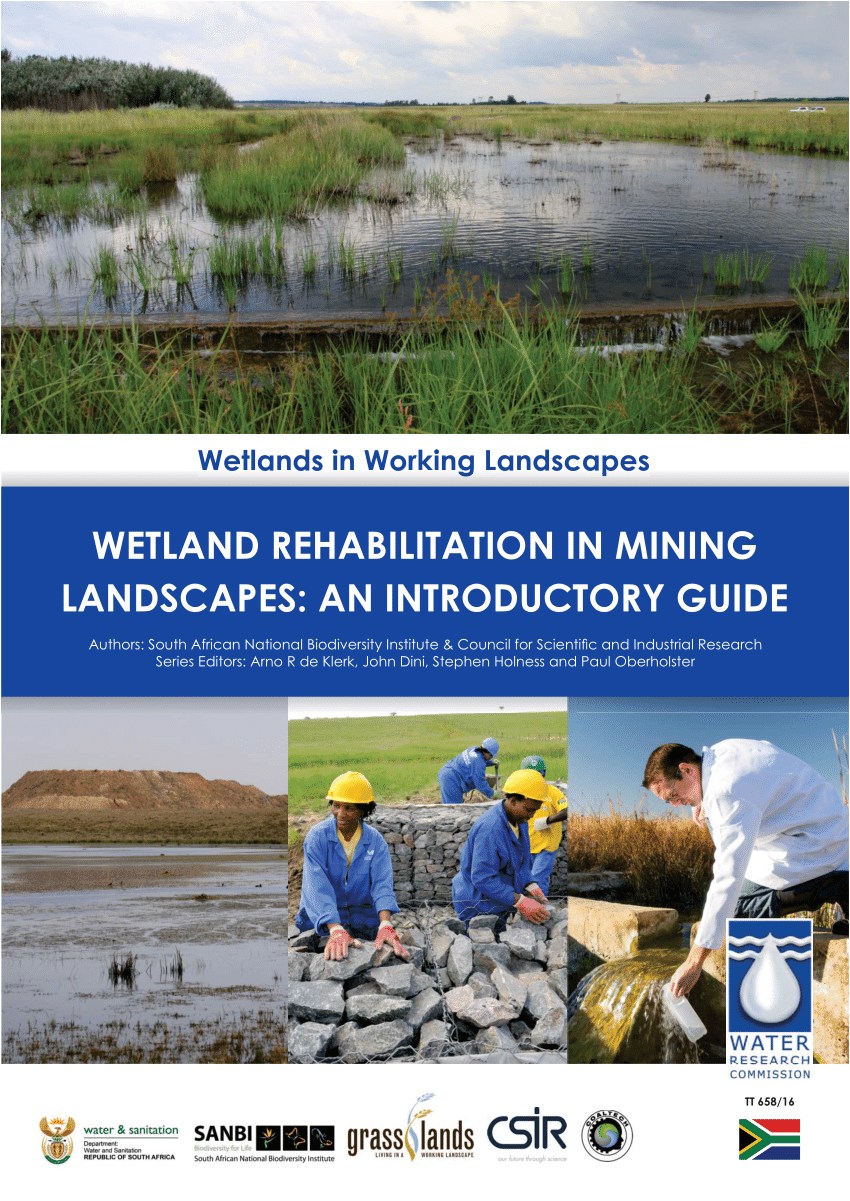They play an important role in the hydrological regime of rivers and act as a buffer to store glacial melt waters, providing baseflow support to several rivers and streams, many of which form headwaters of major continental rivers.
HAWs sustain distinct biological diversity, including providing crucial habitats to a range of species, including migratory birds which depend on these ecosystems to complete their annual migration cycles between the tropic and temperate regions. Ensuring that these wetlands are well conserved is critical for the health of many other ecosystems.
In the Indian context, they are found in the Himalayan and trans-Himalayan regions, and play a significant role in providing water, food and climate security and cultural identity to the entire Indian Himalayan region and beyond. Unfortunately, many HAWs in India are threatened today due to activities like unregulated infrastructure development and unsustainable tourism.
The relative remoteness, unique hydrology and geomorphological characteristics of HAWs demand a differentiated approach to management, considering their value as an ecological network rather than managing individual sites. This need is further underscored by rapidly changing land use and land cover patterns in these areas, and climatic stressors like increased rate of glacial melt.
The Ministry of Environment, Forest and Climate Change (MoEF&CC) places high emphasis on integrated management of wetlands and their mainstreaming in developmental planning. A diagnostic approach to identification of management objectives and actions, based on evaluation of wetlands features is recommended in the wetlands management planning guidelines of the National Plan for Conservation of Aquatic Ecosystems (NPCA). The emphasis on integrated management of wetlands is also amplified in several policy documents such as National Environment Policy (2006), the National Action Plan on Climate Change (2008) and its various missions, the National Biodiversity Action Plan (2008 with Addendum in 2014), the National Wildlife Action Plan (2017) and the National Water Policy (2012) amongst others.
Despite these well-articulated policy frameworks and associated regulatory instruments, conservation of HAWs on the basis of integrated approaches has been limited on account of several barriers, including deconstruction of diagnostic approaches in the context of these ecologically fragile and data-sparse ecosystems.
To address this gap, the GEF-MoEF&CC-UNDP SECURE Himalaya has identified conservation of HAW as an action area, and along with Wetlands International South Asia are supporting formulation of integrated management plans for high conservation value HAWs in select snow leopard landscapes in India.
Standard Operating Procedures (SOPs) have been developed and a guidebook providing practical illustration of various steps for integrated management planning of HAWs has been prepared keeping in view the needs of wetlands managers entrusted with the task of formulating integrated management plans, and the Wetlands Authorities of the Himalayan States responsible for reviewing and approving management plan. These guidelines will also be useful for other stakeholders such as local governance institutions, research agencies, other government departments/ ministries and international funding agencies.
In this regard, a policy dialogue was held between senior officials of MoEF&CC and representatives from State Forest and Wildlife Departments and State Wetland Authorities from the Himalayan states. Senior experts, research organizations and wetland managers on the field also participated in the discussion.
Soumitra Dasgupta, Additional Director General of Forest (Wildlife), Ministry of Environment, Forest & Climate Change, speaking in the discussion, outlined the need for HAW (high altitude wetlands) and their importance as stop over sites for some of the important birds in the central asian flyway.
Bharat Lal, Addl Secy Ministry of Jal Shakti, echoed his sentiments and said “we must reach out to people’s aspirations, and genuine requirement for water. Wetlands are extremely critical or water security for millions. We need to achieve drinking water security and build capacity of the local community. High altitude wetland conservation and management are integral to this.”
Inputs were provided for finalizing an integrated management strategy, which shall be released shortly after another round of consultations with other relevant stakeholders.

